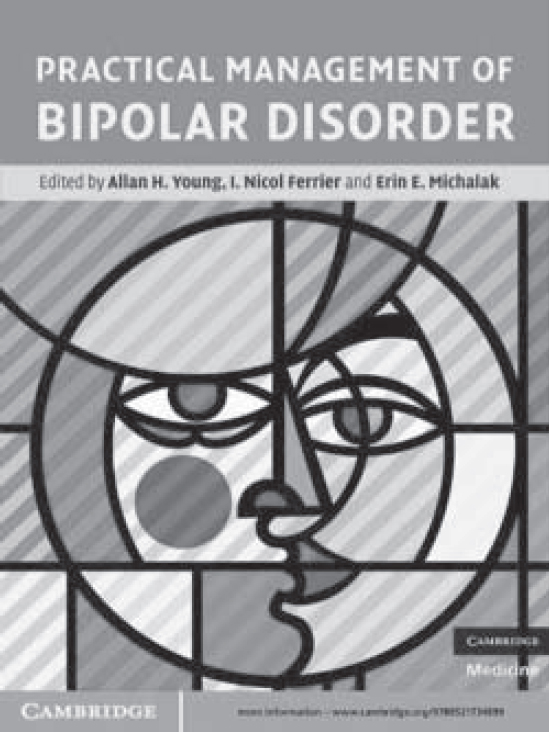
The book provides a broad guide to the current practical management of bipolar disorder, doing what it says on the tin. It clearly lays out available management for the different subgroups of the illness including bipolar I and bipolar II depression. It also highlights the reality of the lack of available evidence for certain aspects, such as bipolar II disorder.
There is plenty of meat looking at psychotropic and psychosocial treatments and a useful and interesting strategy of ‘personal medicine’, to enhance medication adherence and quality of life. There are treatment algorithms for both bipolar mania and bipolar depression developed from the Canadian Network for Mood and Anxiety Treatments (CANMAT), which provides an alternative to the current UK National Institute for Health and Clinical Excellence guidelines. The two documents have differing second- and third-line strategies but appear to be similar in principle. Some more detail on switching medication may be a useful addition, as multiple psychotropics are common in bipolar illness.
Generally, the sections are well laid out and there are full chapters on particular groups including older adults, adolescents and women of reproductive age; however, clearer information on medication in pregnancy and breastfeeding can be found in the Maudsley prescribing guidelines. Individual aspects that are covered in depth include physical health, anxiety, substance misuse and sleep. There are specific strategies for the management of sleep as it is both a marker of relapse and has been implicated in the aetiology and course of bipolar disorder. Overall, this is a useful complementary text for an illness which is complex to both diagnose and manage.



eLetters
No eLetters have been published for this article.